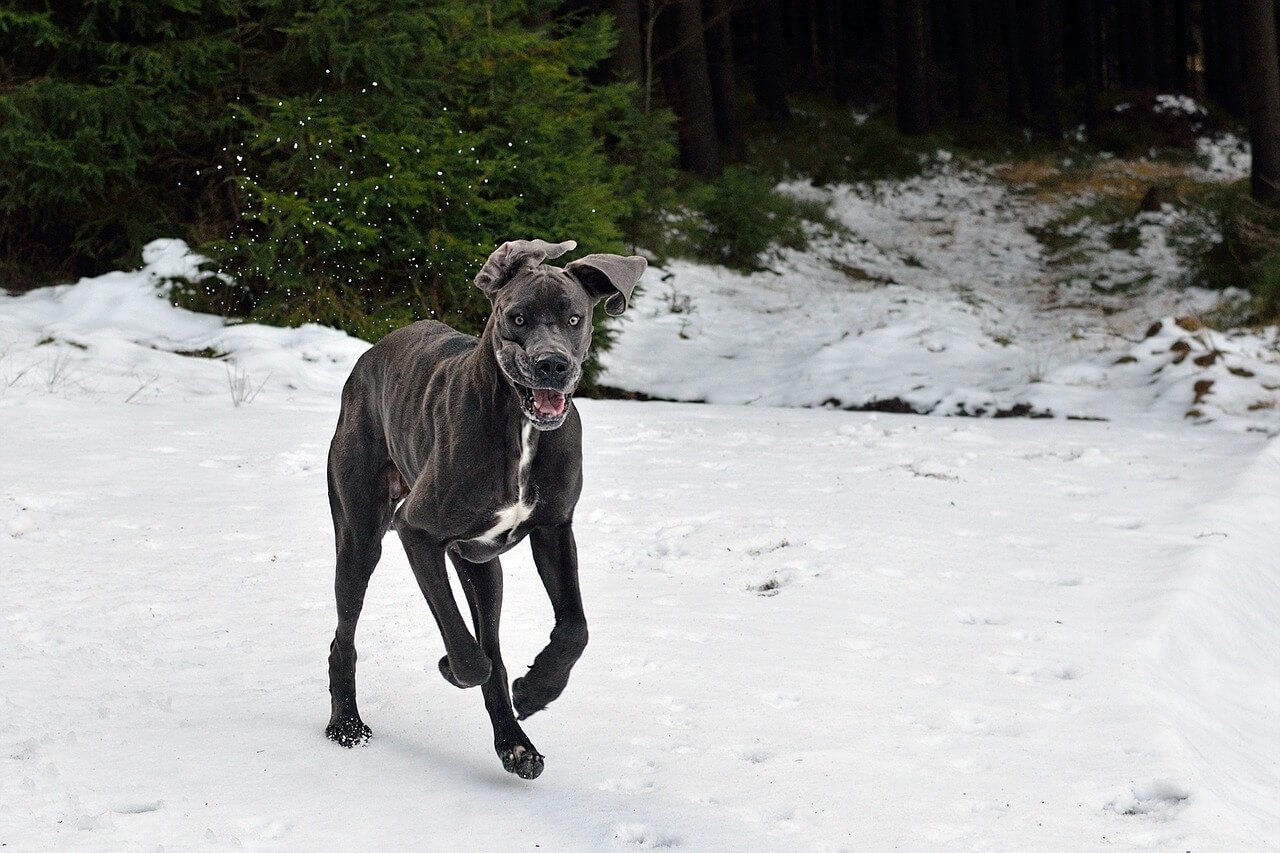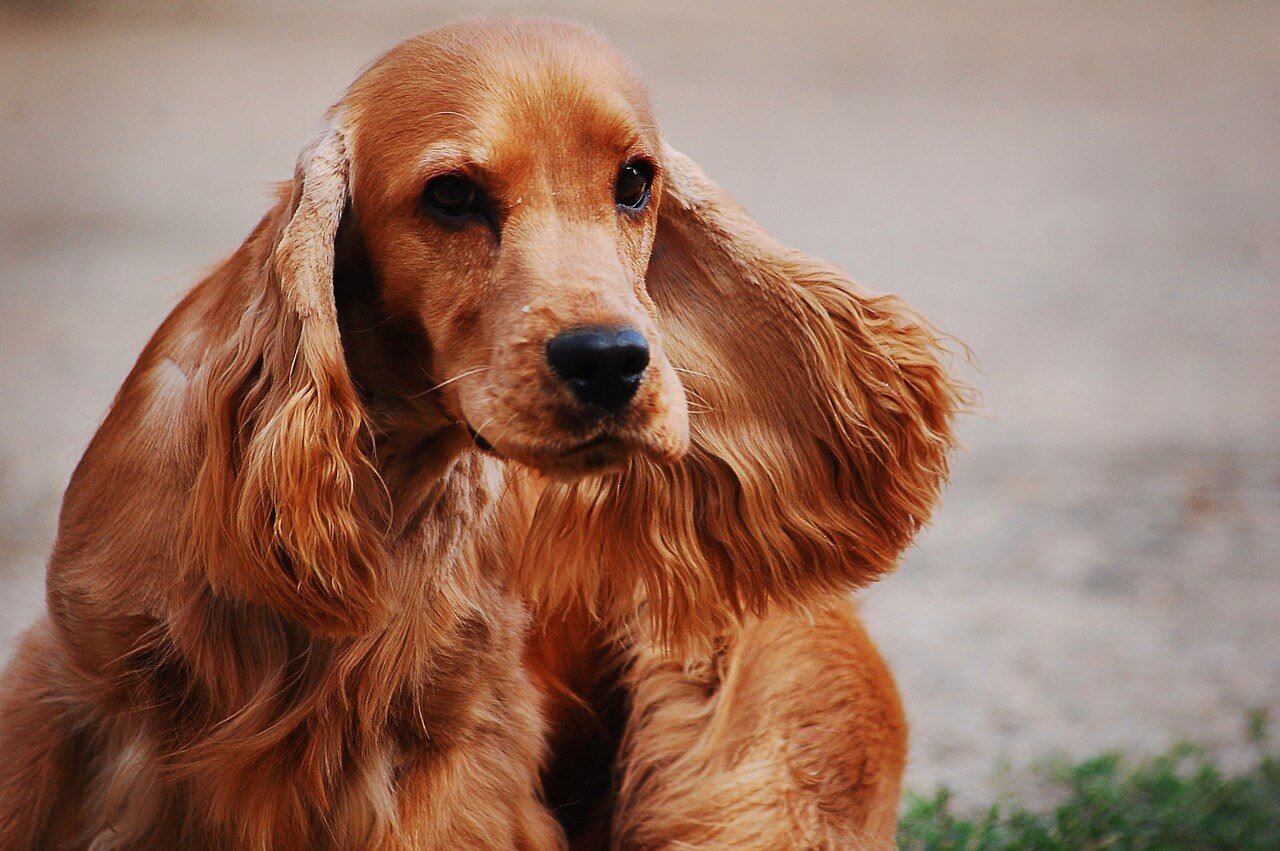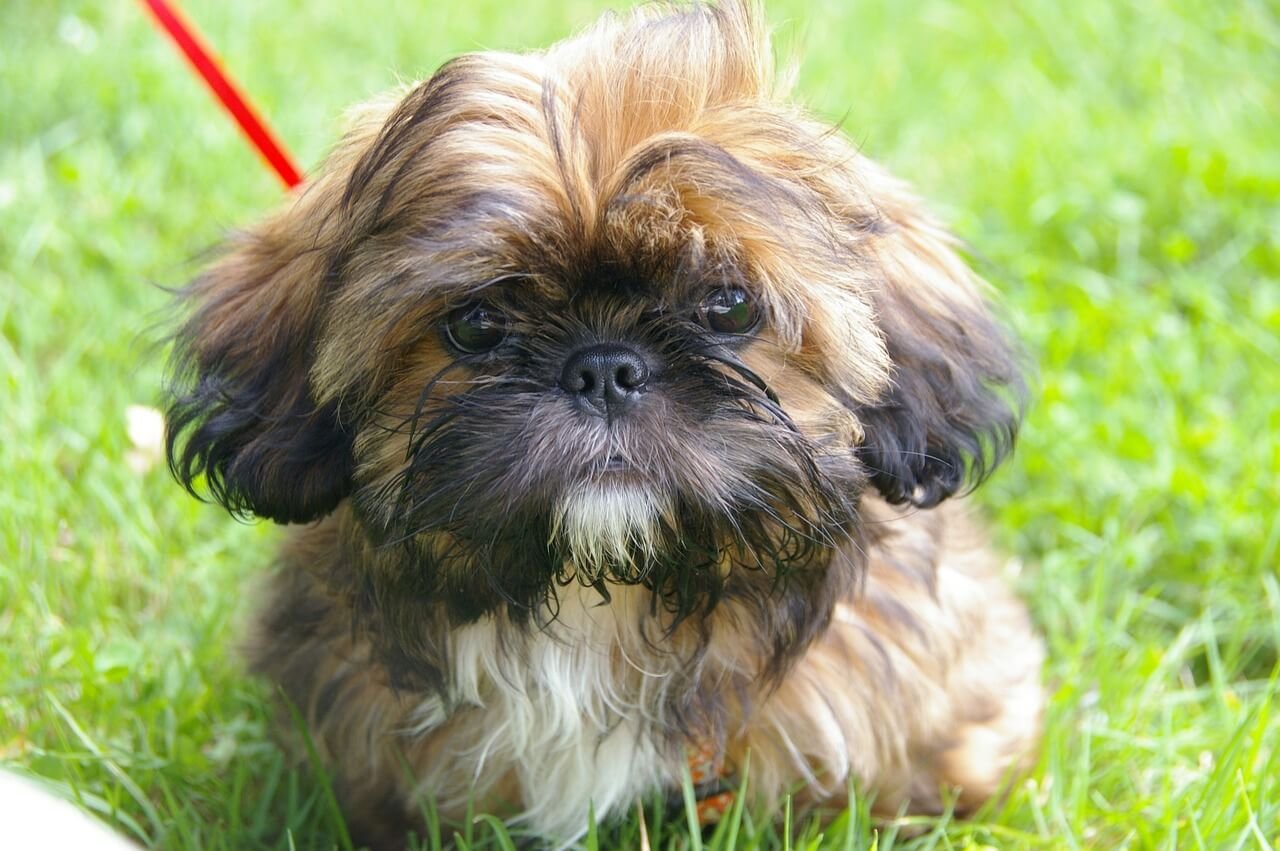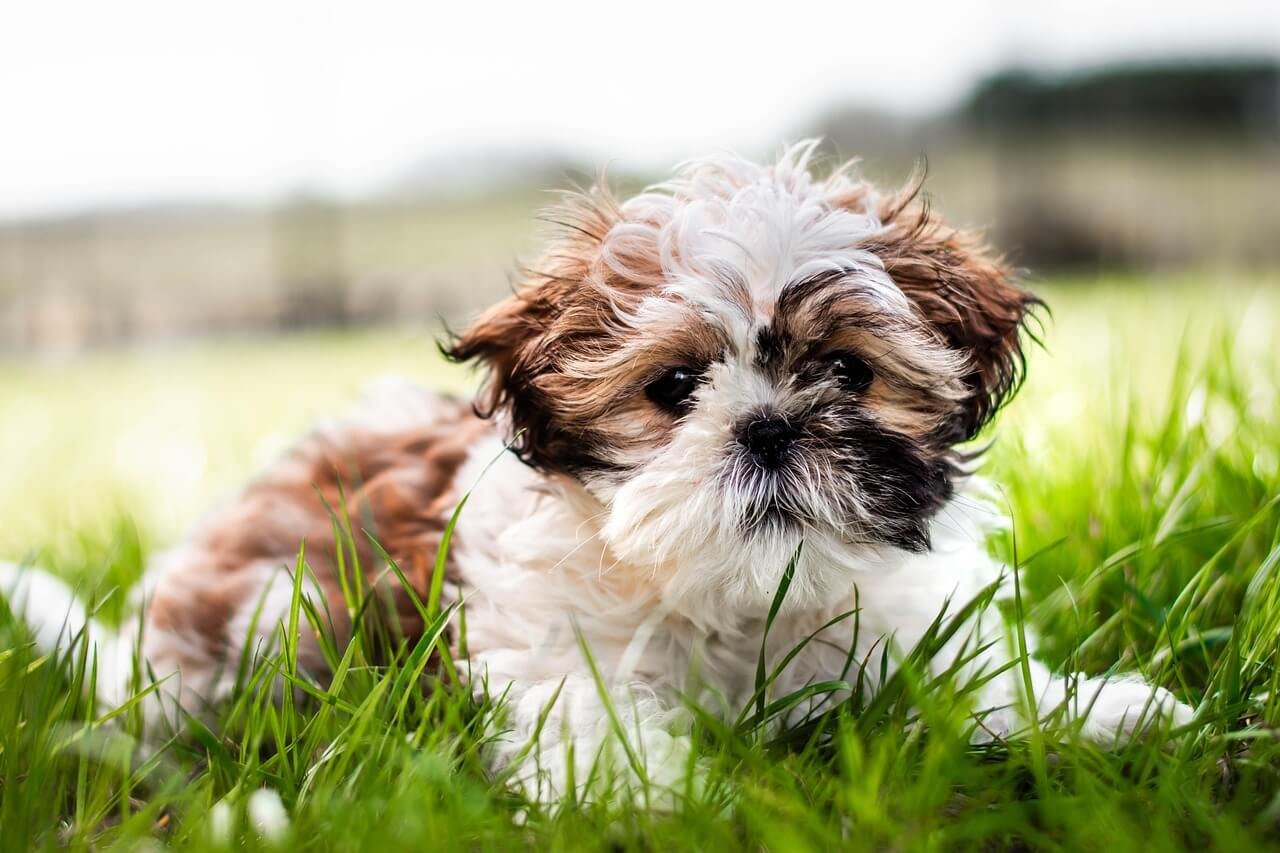How Tall Is a Great Dane? Unveiling the Majesty of This Gentle Giant
When it comes to towering canines, the Great Dane stands out as one of the most impressive breeds in the dog world. Known for their regal stature and gentle demeanor, these dogs have earned the nickname “Apollo of Dogs.” But just how tall is a Great Dane, and what makes them such a unique breed? Whether you’re considering adding one to your family or simply curious about their size, this blog post will explore everything you need to know about the height of Great Danes. From growth patterns to factors influencing their size, we’ll uncover the secrets behind these magnificent creatures.
Understanding the Height of a Great Dane
The height of a Great Dane is one of its defining characteristics, setting it apart from many other breeds. These dogs are among the tallest in the world, and their size often leaves people in awe. Here’s a closer look at what defines their height:
Average Height Range: Male Great Danes typically stand between 30 to 34 inches at the shoulder, while females range from 28 to 32 inches.
Growth Timeline: Great Danes experience rapid growth during their first year, reaching nearly full height by 18 months.
Breed Standards: The American Kennel Club (AKC) specifies that males should be at least 30 inches tall, and females should be at least 28 inches to meet show standards.
World Records: Some Great Danes have surpassed typical heights, with record holders like Zeus measuring an astonishing 44 inches at the shoulder.
Proportional Build: Despite their height, Great Danes are lean and muscular, giving them a balanced and elegant appearance.
The height of a Great Dane is not just a number—it’s a reflection of their majestic presence and unique genetic makeup.
Factors That Influence a Great Dane’s Height
Several factors contribute to the height of a Great Dane, ranging from genetics to environmental influences. Understanding these elements can help explain why individual dogs may vary in size. Here’s what affects their growth:
Genetics: A Great Dane’s height is largely determined by its lineage, with taller parents often producing taller offspring.
Nutrition: Proper nutrition during puppyhood is crucial for healthy bone development and achieving optimal height.
Health Conditions: Issues like hypothyroidism or growth plate injuries can impact a Great Dane’s ability to reach its full potential height.
Exercise Levels: Moderate exercise supports muscle and bone development, but excessive activity during growth stages can hinder proper development.
Gender Differences: Males are generally taller and heavier than females due to natural hormonal differences.
By paying attention to these factors, owners can ensure their Great Dane grows into a healthy and well-proportioned adult.
Check this guide 👉Best Dog Food for Great Danes: 7 Expert tips!
Check this guide 👉Alabai Dog Care: 7 Powerful Tips to Master Like a Pro
Check this guide 👉Discovering the Pungsan Dog Price: Best 7 Expert Tips!
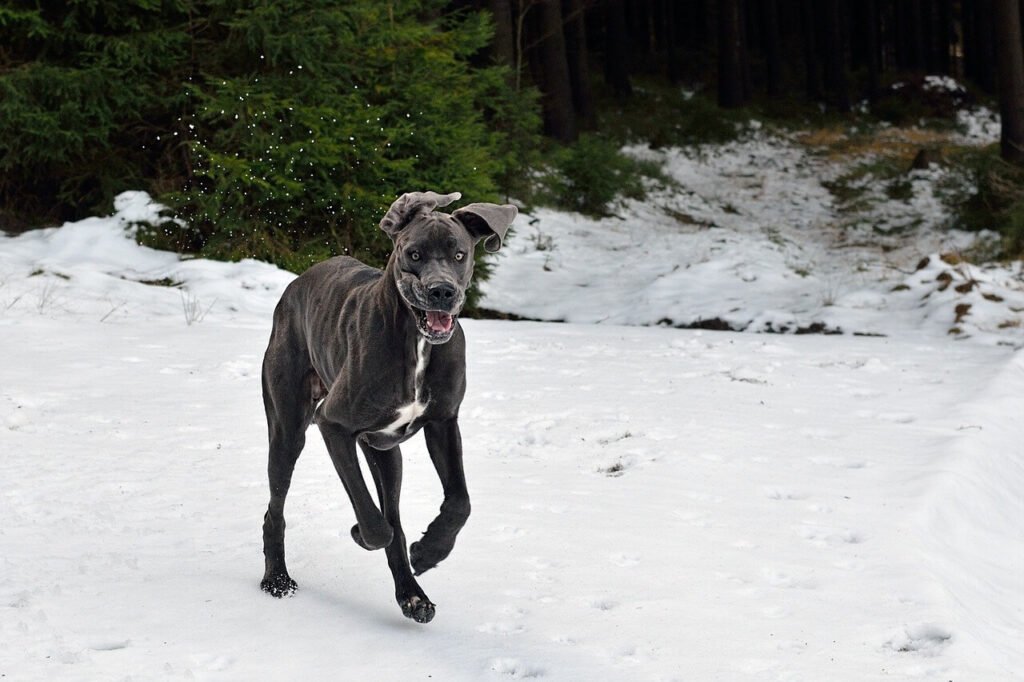
Height Characteristics of Great Danes | Care Tips for Owners |
|---|---|
Rapid growth during puppyhood | Provide a balanced diet rich in calcium and protein. |
Average height of 30-34 inches (males) | Avoid over-exercising puppies to protect their joints. |
Lean and muscular build | Schedule regular vet check-ups to monitor growth. |
World records for tallest dogs | Use orthopedic beds to support their large frames. |
Gender-based height differences | Ensure they have enough space to move comfortably. |
Living with a Tall Dog: Practical Considerations
Owning a Great Dane comes with unique challenges due to their impressive height. While their size is undeniably part of their charm, it also requires thoughtful planning. Here are some practical considerations for living with a tall dog:
Home Adjustments: You may need to rearrange furniture or create extra space to accommodate their large frame.
Vehicle Transportation: Standard cars may not suffice; consider investing in a vehicle with ample room or a custom crate.
Feeding Station Setup: Elevated food and water bowls are essential to prevent strain on their necks and backs.
Grooming Needs: Their height makes grooming easier, but you’ll still need tools like step stools for hard-to-reach areas.
Public Spaces: Be mindful of crowded areas where their size might intimidate others or cause accidental bumps.
With a bit of preparation, living with a Great Dane can be a rewarding and enjoyable experience despite their towering presence.
Common Misconceptions About Great Dane Height
There are several misconceptions about how tall Great Danes are, which can lead to confusion among potential owners. Let’s clarify these myths to better understand this remarkable breed:
Myth: All Great Danes are extremely tall.
Reality: While they are a giant breed, there’s variation within the breed standard. Not every Great Dane reaches record-breaking heights.Myth: They grow quickly and stop growing early.
Reality: Great Danes take longer to mature compared to smaller breeds, often continuing to fill out until age 2 or 3.Myth: Taller means healthier.
Reality: Excessive height can sometimes indicate poor breeding practices or health issues, so balance is key.Myth: Their height makes them clumsy.
Reality: Despite their size, Great Danes are graceful and agile when properly trained and cared for.Myth: Only experienced owners can handle their height.
Reality: With patience and education, even first-time owners can successfully manage a Great Dane’s needs.
By addressing these misconceptions, we gain a clearer picture of what it means to live with a Great Dane.
Health Challenges Linked to Great Dane Height
The towering height of Great Danes is undeniably impressive, but it also comes with specific health challenges. Their large size puts extra strain on their bodies, making them prone to certain conditions. Here’s a closer look at the health concerns associated with their height:
Bone and Joint Issues: Conditions like hip dysplasia and arthritis are common due to their rapid growth and weight.
Heart Problems: Great Danes are predisposed to dilated cardiomyopathy, a condition affecting the heart’s ability to pump blood effectively.
Bloat (Gastric Torsion): Their deep chests make them highly susceptible to this life-threatening condition, which requires immediate veterinary attention.
Lifespan Concerns: Larger breeds often have shorter lifespans, with Great Danes typically living 7 to 10 years.
Spinal Strain: Their height can lead to back problems if not supported properly during activities or rest.
Understanding these health risks allows owners to take preventative measures and ensure their Great Dane lives a comfortable and happy life.
Training Tips for Tall Dogs
Training a Great Dane requires special considerations due to their height and strength. While they are intelligent and eager to please, their size means early training is essential. Here are some tips to help you train your tall companion effectively:
Start Early: Begin obedience training as a puppy to establish good habits before they grow too large to manage easily.
Use Positive Reinforcement: Reward-based methods work best, as Great Danes respond poorly to harsh corrections.
Focus on Leash Manners: Teaching loose-leash walking prevents them from pulling, which can be difficult to control in adulthood.
Practice Calm Behavior: Encourage calm greetings to prevent them from jumping up and accidentally injuring someone.
Incorporate Mental Stimulation: Puzzle toys and scent games keep their minds sharp and prevent boredom-related behaviors.
With consistent training, Great Danes can become well-mannered companions who respect boundaries despite their imposing stature.
Great Dane Exercise Needs
Great Danes may be large, but their exercise needs are surprisingly moderate compared to other giant breeds. Balancing activity with rest is crucial to protect their joints and overall health. Below are key points about their exercise requirements:
Daily Walks: A 30- to 60-minute walk is sufficient to meet their physical activity needs without overexerting them.
Avoid High-Impact Activities: Running or jumping should be limited, especially during their growth phase, to prevent joint damage.
Playtime Indoors: Gentle play sessions inside the house can help burn off energy while keeping them safe.
Rest Periods Are Essential: Great Danes need plenty of downtime to recover and avoid fatigue or injury.
Mental Exercise Counts Too: Engaging their minds through interactive toys or training sessions complements physical activity.
By tailoring their exercise routine to their unique needs, you can keep your Great Dane healthy, happy, and well-balanced.
Frequently Asked Questions About Great Dane Height
How fast do Great Danes grow?
Great Danes experience rapid growth during their first year, often doubling their birth weight in just a few weeks.
What is the tallest Great Dane ever recorded?
Zeus, a Great Dane from Michigan, holds the Guinness World Record at 44 inches tall.
Do female Great Danes grow as tall as males?
Females are slightly shorter, typically ranging from 28 to 32 inches, while males can reach up to 34 inches.
Can diet affect a Great Dane’s height?
Yes, proper nutrition during puppyhood is critical for achieving optimal height and overall health.
Are Great Danes too big for apartments?
While possible, apartments aren’t ideal due to their size and need for space. A home with a yard is preferable.
In Conclusion: Celebrating the Great Dane’s Stature
The question “How tall is a Great Dane?” reveals more than just numbers—it highlights the magnificence and uniqueness of this beloved breed. Standing tall as gentle giants, Great Danes captivate hearts with their elegance and loyalty. However, their impressive height comes with responsibilities that require dedication and understanding. By learning about their growth patterns, care needs, and debunking common myths, prospective and current owners can provide the best life for these majestic companions. If you’re ready for the challenge, a Great Dane’s towering presence will reward you with endless love and devotion.
How Much Is a Cocker Spaniel? Best 7 Expert Tips! Discover the true cost of owning a Cocker Spaniel, from initial expenses to expert advice on budgeting and care. Perfect for future owners!
How Much Should a Shih Tzu Weigh? Best 7 Expert Tips! Discover the ideal weight range, factors influencing it, and expert advice to keep your Shih Tzu healthy and happy.
How Much Does a Shih Tzu Cost? Best 7 Expert Tips! Discover the true cost of owning a Shih Tzu, from initial expenses to hidden fees. Perfect for future owners!
Are Shih Tzus Hypoallergenic? Best 7 Health Tips! Discover if Shih Tzus are hypoallergenic and learn expert advice to manage allergies with this beloved breed. Perfect for allergy sufferers!

